You Had Disadvantages: It’s Time to Take Manhunter Seriously, by David Bax
Scream Factory announced today that they’ll be releasing a collector’s edition Blu-ray of Michael Mann’s Manhunter next year. It’s exciting news for those of us who have long revered the film. Yet I’m already preparing myself for the frustration I feel whenever an opportunity for Mann’s lush and dangerous poison apple of a movie to rise in the culture’s estimation doesn’t pan out. Sure, plenty of people like Manhunter but it’s never risen too far above the status of cult favorite. That’s partially due to its weak box office performance. Even when adjusted for inflation, it’s the lowest grossing Hannibal Lecter movie ever (Lecktor, in this case). Yes, more people saw Hannibal Rising than Manhunter. Still, a lack of grosses doesn’t keep a movie from being great or being embraced by the intelligentsia. But Manhunter appears nowhere on the They Shoot Pictures, Don’t They? Top 1,000 films of all time. Ad in the last Sight & Sound poll, only one director and zero critics included it on their list. The time has been ripe for years for a renewed appreciation of this masterful film. So why don’t people take Manhunter seriously?
Back in 2011, when Nicolas Winding Refn’s mash note to the aesthetic of 1980s Los Angeles crime films, Drive, became a sensation, I was sure it was Manhunter’s time to shine. It may not take place in Los Angeles like another William Peterson vehicle, William Friedkin’s To Live and Die in L.A., but its cool, murderous heartbeat and neon wash feel like Mann all over.
Plus there’s the music. It seems that every other indie genre movie now has a score like Drive’s but, at the time, the synth-drenched drones and pulses felt novel and the soundtrack caused a bit of a commotion of its own. Manhunter’s score, with a theme by Michel Rubini and music from The Reds and Klaus Schulze, among others, is insistent and overwhelming, grabbing hold of the you like a killer whale and forcefully but slowly dragging you down through dark but shimmering waters.
If Drive was not what put Manhunter firmly back on the radar, then surely Bryan Fuller’s series Hannibal would, right? That show’s hyper-formalist attention to detail in ways both ornate and clinical also seemed to owe a debt to Mann. The comparison came into sharp focus in the third and final season, when Fuller finally got around to adapting Thomas Harris’ Red Dragon, the source material for both film and series, directly.
Manhunter’s aesthetic is bold, bright and clean. Colors are presented in blocks with liquid borders. They may swirl around each other but they rarely blend. The look of the film, much like the mind of Peterson’s Will Graham, walks a razor’s edge between madness and rigid control.
Peterson himself seems to have also received a lack of acclaim. Between this film and To Live and Die, he turned in two of the most measured and explosive performances of the decade. Not that he’s hurting or anything; he quietly and evenhandedly anchored CSI for about a decade. But no one since Mann and Friedkin seems to have tapped into the sadistic fire that burns behind his friendly eyes. The recent revelation that he was on Quentin Tarantino’s alternate wish list for Vincent Vega in Pulp Fiction hints at what might have been. Maybe this Blu-ray release (also a weekend of showings at Tarantino’s New Beverly Cinema on a double bill with Thief, another Mann work whose reputation has been restored by the good folks at Criterion) will help push both film and star into the respectability slot they deserve. I hope so. But, at this point, I’m accustomed to seeing the film lay in wait, like Lecktor in his glass cage, marking time until its chance to break free.




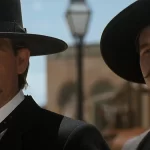








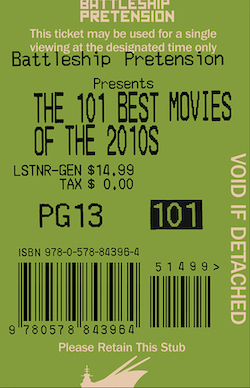

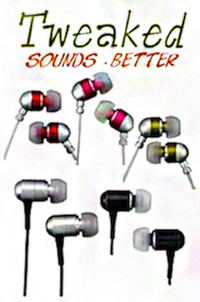



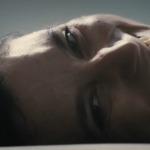






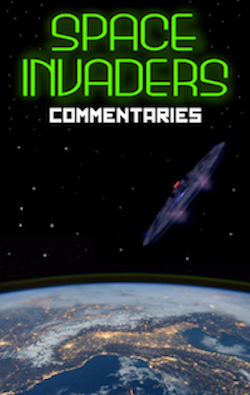
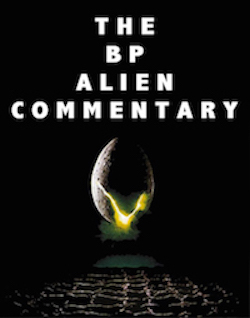
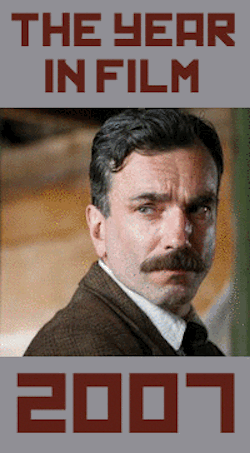


One of my favorite films, and (in my opinion) the best of those derived from Thomas Harris. I wouldn’t get too worked up about any lack of appreciation. It’s their loss.
A horror film custom-made for fans of the aesthetics of that era’s Mann & Friedkin is Panos Cosmatos’ Beyond the Black Rainbow, featuring a soundtrack from Sinoia Caves (a side-project from Black Mountain’s keyboardist).
I remember the first time I saw it there was a scene in which Graham hypothesizes that the Tooth Fairy is the product of child abuse, but as an adult needs to be killed. Apparently that was removed in most versions, now I can’t even find clips of it. Of course, Hannibal himself would later be given a traumatic childhood, but the less said about that the better.
Great article, I love Manhunter, and Michael Mann more so than most people should.
Perhaps I need to give this film another shot, because I didn’t care for it when I first saw it ten or so years ago. It’s possible I still wouldn’t like it, though; all the elements you are praising here (the synth-heavy score, the clean aesthetic, even Peterson’s performance) were the very things that rubbed me the wrong way. I find the 80’s films I love most are the ones that feel the least like a product of their time, and you certainly can’t say that about Manhunter.
There was a small piece about this movie in AV Club a few years ago that asked whether Manhunter looks like the 80s or the 80s look like Manhunter.
– David